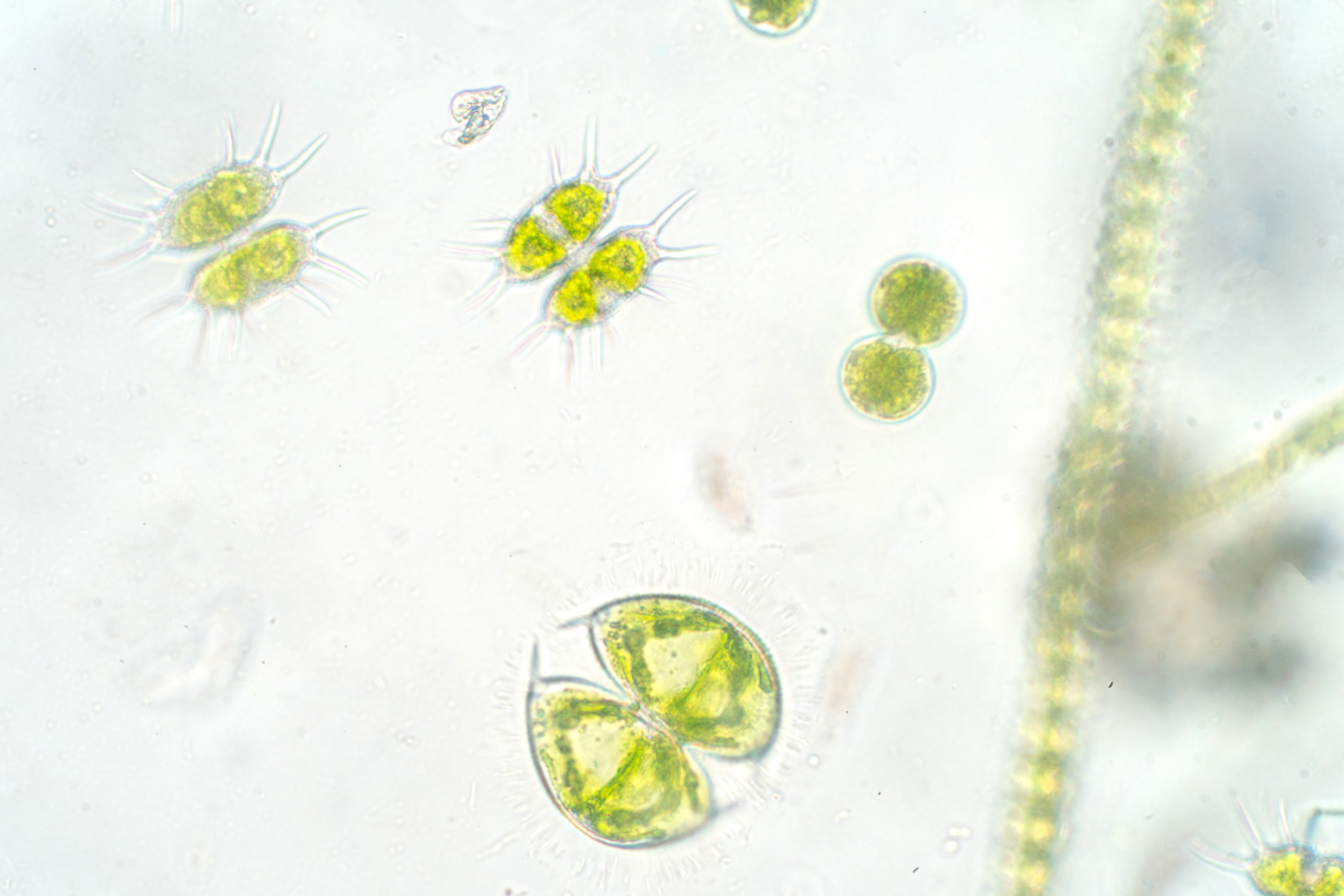New study shows forests and oceans are governed by the same rules
- Monday, February 4, 2019
Trees and phytoplankton (plant-like cells in the ocean) are responsible for the majority of photosynthesis on the planet and are crucial in regulating the global climate. A new study from the Department of Life Sciences shows that, despite these vast differences in size (each phytoplankton cell is smaller in diameter than a strand of human hair), the structure of tree and phytoplankton communities is driven by the same general rules.

Dr Daniel Perkins (lead author) from the Department of Life Sciences compiled data from across the globe comparing the relative number of large versus small trees in forests and phytoplankton in oceans (and lakes). This study found that the decrease in abundance with the body size of trees and phytoplankton was remarkably similar and consistent with ecological theory based upon how energy is divided among individuals in ecosystems.
Dr Perkins said “As trees and phytoplankton form the base of terrestrial and aquatic food webs, understanding how these communities are structured is important for predicting the flow of energy up the food chain.”
Find out more in the article Energetic equivalence underpins the size structure of tree and phytoplankton communities which was published in Nature Communications.
Staff in the Department of Life Sciences undertake world-class research which changes lives and furthers our understanding of science.